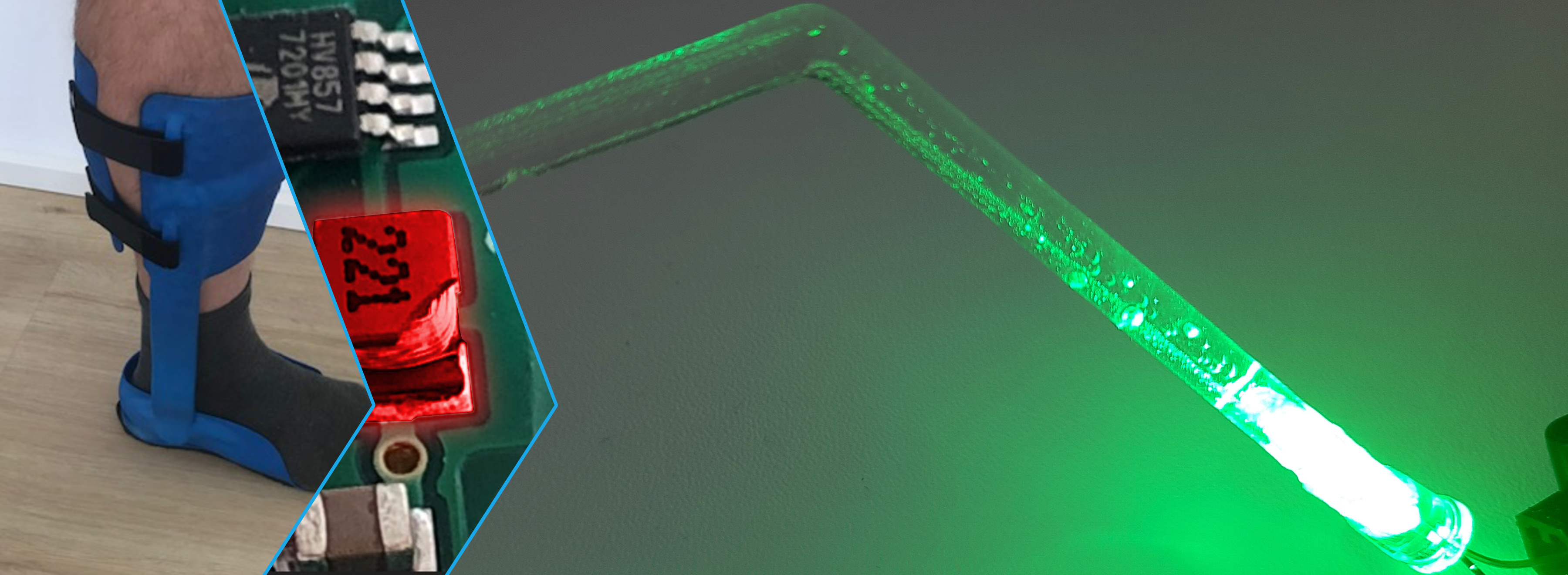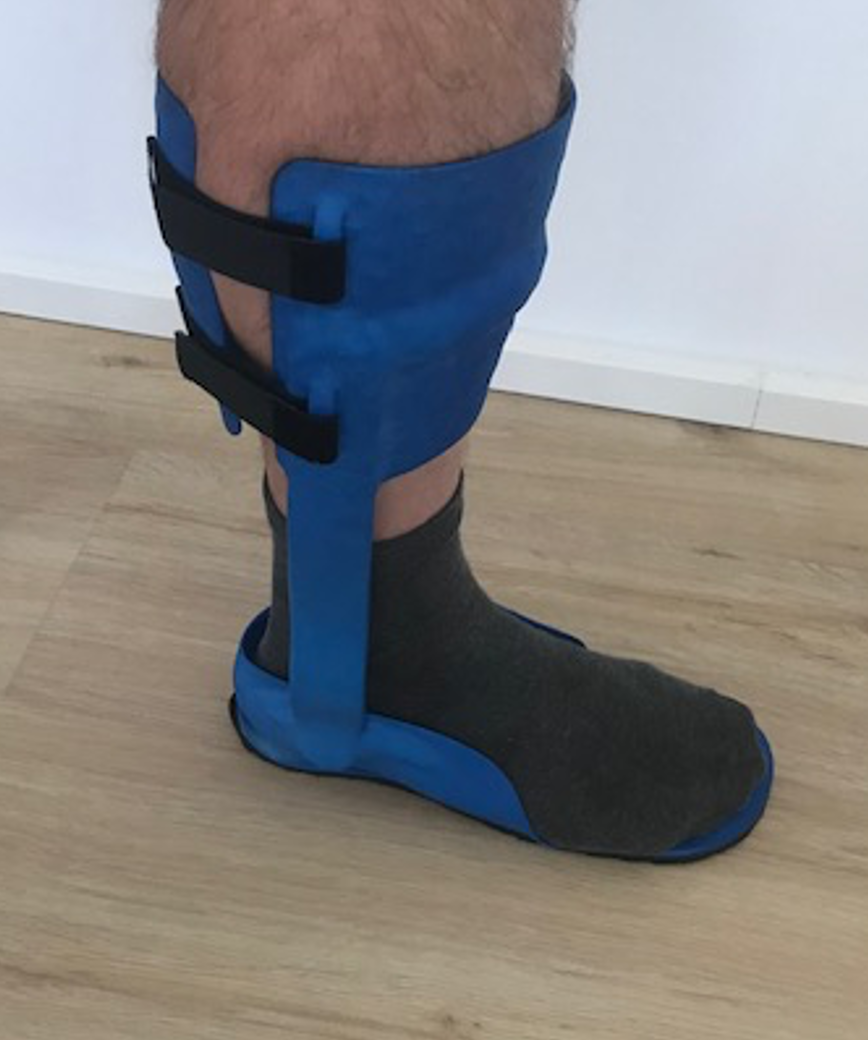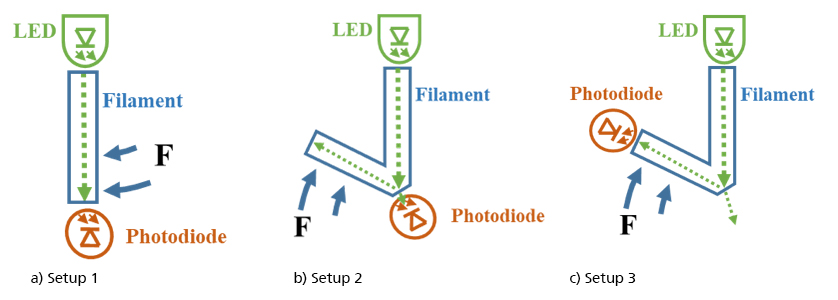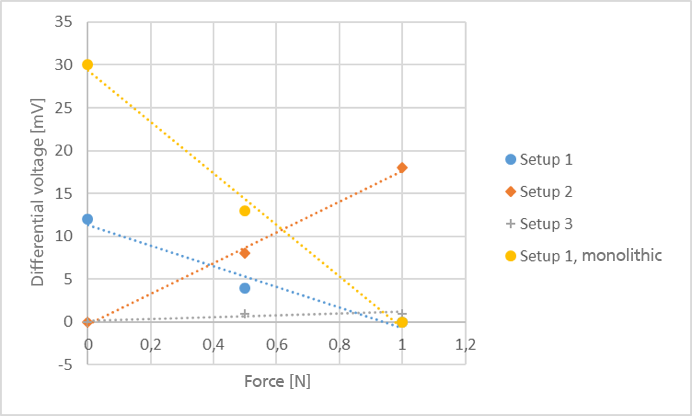For more than ten years, Fraunhofer IOSB-INA has been researching and developing on intelligent Sensorik and solutions for data processing in intelligent technical systems in the production environment. In the area of production data acquisition in particular, increasingly adaptable and specialized technologies and processes are being tested, as well as in the areas of Information transmission and Potonik. A preliminary study has now laid the foundation for a new generation of highly customizable, additively manufactured sensor components.
Photonics is one of the most important growth and future-oriented sectors of the German economy. This is due on the one hand to the wide range of application fields, and on the other hand to the great technological potential. The optical recording of information can, for example, create an important data basis for automation. In medical technology and production engineering, for example, various optical methods are used to capture data from objects. The challenge is to be able to measure internal properties that are difficult to access, such as the force curve in the component or the internal temperature distribution.
 Industrial Automation branch INA
Industrial Automation branch INA 




